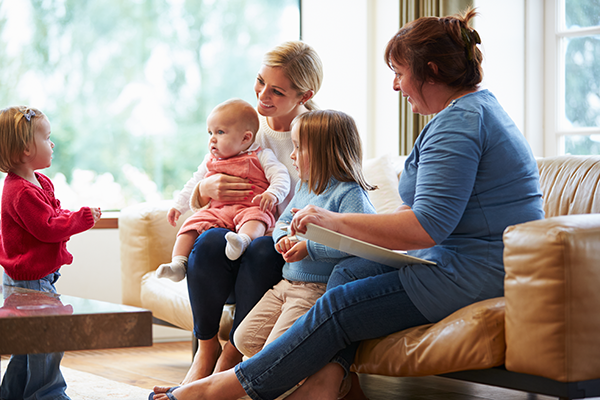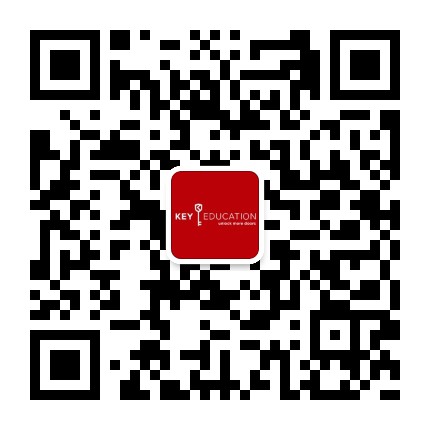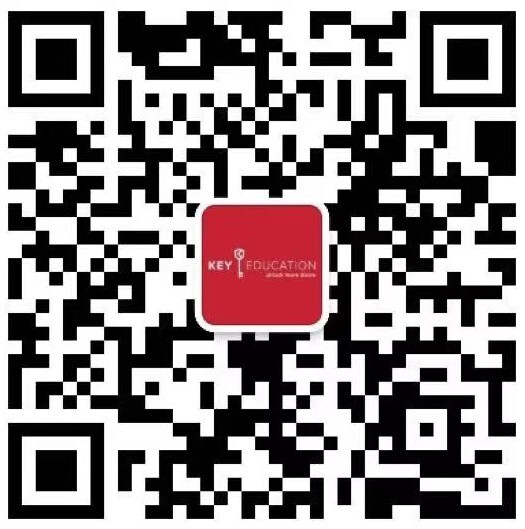
Here are some not-so-obvious questions that will help you choose the perfect place for your child.
1. Does the staff-to-child ratio ever change?
Under Vancouver Coastal Health, the ratio for staff to child ratio will never exceed the following chart. Keep in mind some centers will change the ratio of children to staff to benefit the child. Smaller classes will allow individual children to have more one on one teaching from their educators.
| CARE PROGRAM | MAXIMUM GROUP SIZE | CHILDREN PER GROUP | RATIO OF EMPLOYEES TO CHILDREN IN EACH GROUP |
|---|---|---|---|
| "Group Child Care (Under 36 Months) " | 12, with a separate area designated for each group | ≤ 4 | One infant and toddler educator |
| 5 – 8 | One infant and toddler educator and one other educator | ||
| 9 – 12 | One infant and toddler educator, one other educator and one assistant | ||
| Group Child Care (30 Months to School Age) | 25, with not more than 2 children younger than 36 months old in a single group | ≤ 8 | One educator |
| 9 – 16 | One educator and one assistant | ||
| 17 – 25 | One educator and 2 assistants | ||
| Preschool (30 Months to School Age) | 20 | ≤ 10 | One educator |
| 11 – 20 | One educator and one assistant |
Always keep in mind that licensing is checking up on all facilities. If you do notice that the number of children exceed the number of staff you should contact Vancouver Coastal health.
2. What are the qualifications of the staff?
All staff at a Vancouver based facility must meet certain Coastal Health regulations. Every center will have one or more staff that holds an Early Childhood Certificate. In some cases all staff will have their ECE certificate. There is always someone with a First Aid certificate, and if the center supplies meals, then a staff member will also have a Food Safe Certificate.
Other qualitative indicators you should look for in the staff of a facility are their demeanour and character. Are they cheerful and positive role models? Do they communicate well with parents? Is their demeanour and tone of voice friendly when talking to the children? These are questions that you should be asking yourself when visiting a learning center.
A study, conducted at Rutgers University in New Jersey, links early learning and development with teacher qualifications. Specifically, the study found that three- and four-year-olds learn the most — socially, emotionally and cognitively — when their teachers have four-year degrees and specialized in early childhood education (ECE). These teachers are also more affectionate with children in their care and are less likely to punish them.
3. What exactly are the children eating?
According to Vancouver Coastal Health, all facilities need to provide a healthy nutritional snack that is in the Canadian Food Guide. Portion size and timing of snacks is dependent on how long the child is in care for the day. Each facility must post the meal schedule up in a common area for parents to read.
Mom Alice Holland, found that the posted menus alternately glossed over or glorified the food actually served. “The menu would read ‘chicken’,” says Holland, “but, in fact, the kids were served frozen chicken fingers. ‘Granola’ was really artificially sweetened granola bars.”
4. Does the facility have an allergy policy?
With the growing number of children with allergies we need to keep in mind the safety of all children while attending a facility. Most centers have made their facilities a NUT FREE ZONE. This is not a mandatory policy. Also keep in mind if your child is in need of using an EPI PEN. If this is the case all staff should be aware of how to properly administer it.
5. How much time do the kids get to play outside?
This is very important question to ask your facility. Children benefit from being outdoors in so many different ways. Being able to explore the outdoors promotes large motor skills, allows for the release of energy by the children, promotes a healthy lifestyle of exercise and allows a child to creatively use their imagination with the world that surrounds them.
Vancouver Coastal Health states, a facility must have for each child at least 7 m2 of outdoor play area.
6. Why is there a television in the daycare?
This is a question that needs to be asked when visiting a child center. With this day in age electronics can be used as a teaching tool. Teachers will now use electronics to assist in teaching something in a classroom that normally would not be able to without the aid of electronics. Be proactive and ask the staff what the television is used for and that it is always for the benefit of the child’s education.
The mere existence of a TV in a daycare setting can be a warning sign. The electronic babysitter’ is often used to provide relief for overworked staff.
7. What are the disciplinary techniques used when dealing with negative behavior by children?
While the incidences of verbal and emotional abuse at the hands of a caregiver are extremely rare, raised voices, public scolding and those ubiquitous time outs aren’t so uncommon. A higher quality center will have detailed written disciplinary policies. They will also be communicating with the parent verbally and in written form when an incident has occurred.
Watch the staff in action and ask for written documentation of discipline policies and, if no such documents exist, test the staff’s tactics using as many real examples as possible. If the centre’s principles are inconsistent with your own, you’ve got a problem. If the daycare seems unwilling to divulge or discuss them, well, that could be a sign of even bigger problems to come.
8. How do the daycare workers communicate to me about my child's progress?
There are a few different ways that staff will communicate with parents. Each day there is a verbal communication that should occur. Typically this is a couple highlights of the child’s day. From whom they were playing with to what they discovered. Documentation is also a way of seeing into your child’s day. Teachers will take pictures and ask questions to the children and display it so that parents can enjoy. Depending on the philosophy of the center there may be a staff member dedicated to just that. One other form of communication is a written document. This is something used to communicate an occurrence that will typically be kept for their file.
When Marcy Barbaro registered her one-year-old daughter with a public daycare, she expected daily reports on how Santana spent her day — her small triumphs, her frustrations. She didn’t get them. In fact, Barbaro finds she has to quiz the caregivers with specific questions to get the information she craves — like what other children her daughter bonded with, what new skills she learned, what made her laugh or cry.
9. How often do you rotate materials?
Regardless of the philosophy of the center, the learning materials the children use should always be rotated. Having a change in materials allows children to explore with fresh ideas. Facilities will also change up the different themed areas. A quality facility will change up the science, art, dramatic play, quiet and group gathering areas. All areas and materials should be age appropriate as well. Keeping the environment fresh will keep children stimulated in their learning environment.
Children learn best when they feel secure, so look for providers to encourage experimentation and learning in each child at those children's pace. They should offer opportunities for exploration, structured and unstructured play, and observing new activities performed in ways they can learn from.
"Additionally, look to make sure that the program has activities and learning goals to support all areas of children's development--are there opportunities for active physical play and movement as well as more quiet activities?" Willer recommends. "How does the program support children's social and emotional development as well as intellectual development?"
10. Does the center assist with potty-training?
Potty-training is something that all child care facilities deal with. Depending on the type of program will depend on how involved the center would be. If the program is a half-day program, the center might not assist you in this process. This is due to the fact that the ratio of children to teachers is higher as well as the short time that the child is with the facility. All day programs typically do help with the toilet training.
Good programs recognize the importance of strong partnerships with families. They know that you know your child best and they will likely be eager to learn from you more about what makes your child unique and about the things that are important to you through this transition. Share your concerns with staff. If you have an issue, bring it up--don't wait until it becomes a huge problem.
11. How does the centre celebrate diversity?
Culturally, religiously and racially diverse children populate most daycares and while it may be unreasonable to expect caregivers to cater to each child individually, parents do have a right to expect sensitivity. That includes encouraging children to share their own stories and avoiding exclusive language. For many parents and education experts alike, reading inclusive books, feeding varied foods and offering diverse dolls and dress-up clothes isn’t just a daycare’s duty, it is a primary step in raising respectful, broad-minded children.
About the Author:
Anita MacGregor is one of KEY’S early childhood education specialists. She received an Honors Diploma in Early Childhood Education. Anita was a senior supervisor for an award winning childcare facility. She operated preschool, Junior Kindergarten and out of school care, caring for over 100 students. Anita has a natural eye for enteral design and classroom functionality. She believes in child directed creativity coupled by a strong academic program and using nature as inspiration.


